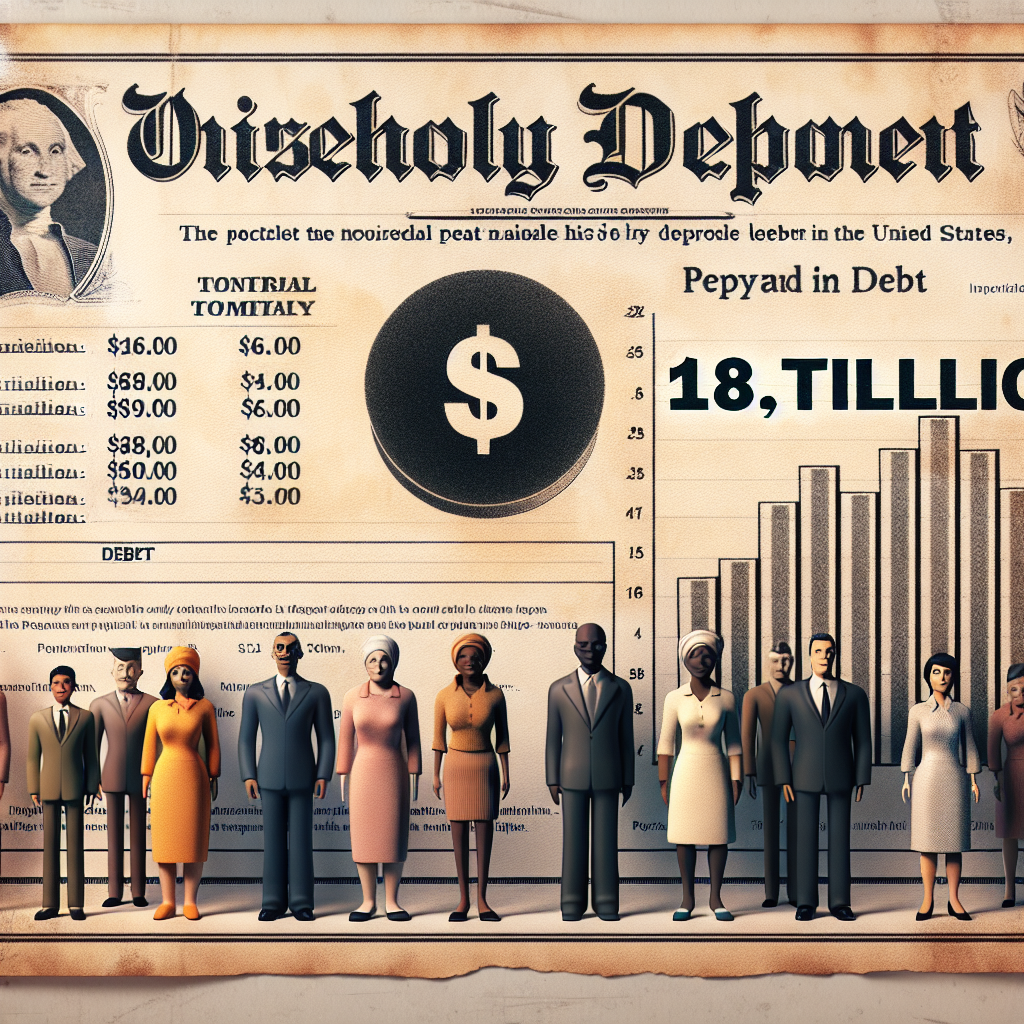On Wednesday, November 5, the Federal Reserve Bank of New York released its latest report indicating that total household debt in the United States reached a record high of $18.6 trillion in the third quarter. While most borrowers are able to make timely repayments, there is a notable increase in financial pressure among young people.
The report revealed that about 3% of outstanding debt entered severe delinquency in the third quarter, defined as being overdue by 90 days or more, marking the largest quarterly increase since 2014. Among individuals aged 18 to 29, this delinquency rate is around 5%, more than double the rate from the same period last year and the highest among all age groups.
One of the main reasons for this pressure is the delinquency in repayment of student loans. In the third quarter, total outstanding student loan debt rose to a record high of $1.65 trillion. With the resumption of student loan repayments, many young people are facing difficulties in making payments.
According to data from the Federal Reserve Bank of New York, as of the third quarter of 2025, total household debt in the United States was categorized as follows:
Economic research consultant Donghoon Lee from the Federal Reserve Bank of New York stated in a statement that while overall delinquency rates are “elevated,” default rates on mortgages, auto loans, and credit card debts are generally stable. He mentioned, “The relatively low mortgage default rate reflects the resilience of the real estate market, attributed to adequate home equity and strict loan approval standards.”
Overall, about 4.5% of outstanding debt was in some level of delinquency in the last quarter, reaching the highest level since early 2020, close to pre-pandemic levels but far below the 11% during the 2009 financial crisis.
Senior analyst Ted Rossman from consumer financial services company Bankrate stated that over the past five years, the ratio of household debt to income has increased slightly in the United States, but it is not a cause for major concern.
The report shows that overall delinquency rates for U.S. debt remain stable, but the U.S. economy is showing signs of divergence. High-income borrowers continue to spend and accumulate assets, while low-income borrowers are struggling to make ends meet. This pattern increasingly resembles a “K-shaped economy.”
Research indicates that the top 10% of U.S. households contribute nearly half of consumer spending, with high-end products and services such as airlines and hotels experiencing the most significant growth.
According to the latest report from TransUnion, the proportion of subprime borrowers in credit risk has risen to a new high since 2019, while the percentage of “super-prime” borrowers with the best ratings has also increased, indicating a polarization of credit risk profiles.
Michele Raneri, Vice President and Head of Research and Consulting for the United States at TransUnion, stated that as consumers gravitate towards the ends of the credit risk spectrum, growth in credit card and auto loan businesses is most pronounced among these groups.
The report reveals that in the last quarter, the average debt per credit card holder rose to $6,523, with approximately 175 million Americans continuing to carry credit card debt.
Last week, Federal Reserve Chairman Jerome Powell acknowledged during a press conference that the gap among consumers is widening. “If you listen in on earnings calls or reports from large publicly traded consumer-facing companies, you will find many acknowledging this divergence in the economy, with lower-income consumers struggling, purchasing less, and turning to lower-cost products; while higher-income individuals continue to spend strongly, there is ample data to support this. So, we do see some differentiation happening here,” he said.

